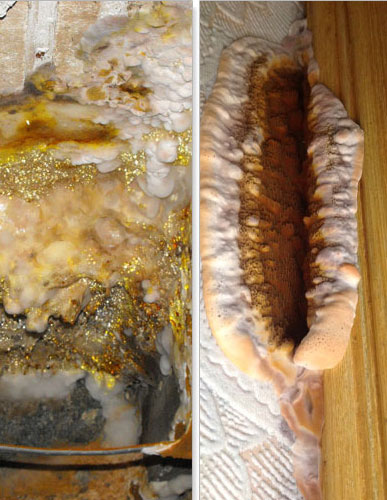As a company we are committed to providing a service built on integrity, customer satisfaction and value for money, with much of our business growth built on customer referrals, also remember all of our work is covered with insurance backed guarantees to remove any worries you may have.
For More Information about our services or to book a survey please call
07985 119 166







